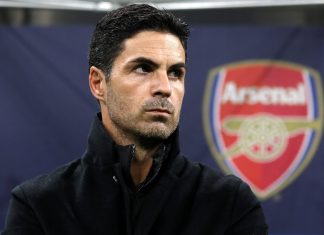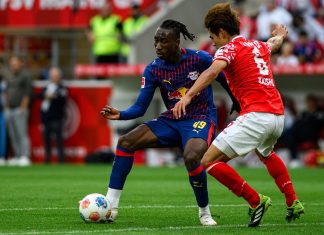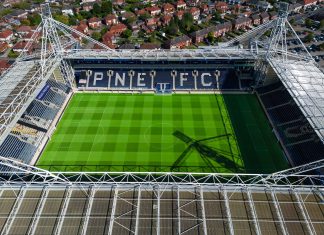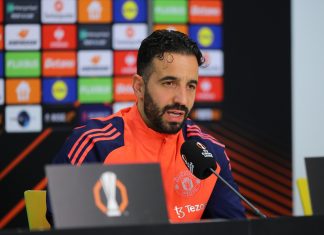In the past this has had its place in the game, usually in a 3-5-2 formation similar to the one Martin O’Neill used to favour at Celtic.
It is not surprising that the back three went out of fashion, as 4-5-1 has become the standard model. With it most teams play with just one centre forward, meaning there is no need for more than two centre backs.
So why has it returned? It offers an intriguing flexibility, basically. Napoli are perhaps one of the best exponents of the system, and have been imperious at times in Italy using it. Most intriguing though is that they have so much success against the top teams. Napoli always seem to win against Serie A’s big names, particularly away from home. It is because they are able to counter attack so effectively thanks to the back three.
It means that when they break forward they can look for their front three of Marek Hamsik, Ezequiel Lavezzi and Edinson Cavani. The trio are good enough for their interplay to be enough to carve open defences, but when with the ball Napoli are capable of getting their full backs forward and their midfield to support, giving them a number of options going forward. But their system is fundamentally reactive.
It works because only having three players committed to attack is ok if they are as good as Hamsik, Lavezzi and Cavani. It is no surprise to note how Uruguay similarly have a team set up to react, and do so very effectively, also with Cavani, and their two highly effective forwards, Luis Suarez and Diego Forlan.
It is notable that in England, Wigan have used a similar system this season to escape from relegation. They played a 3-4-2-1 similar to that of Napoli, and it should be no shock that their most significant wins came against big teams too; Manchester United, Liverpool, Arsenal and Newcastle.
But the system can also be forward thinking and attacking. Marcelo Bielsa used a back three with Chile, playing with two sets of three and a playmaker to push back opponents into their own half. This was an exceptionally attacking system, much as the current Barcelona set up is. And Barcelona have also used their system with a back three of sorts at times. They did so against Real Madrid last season when losing 1-0, to come back and win 3-1.
And they often play when on the ball with only two defenders back, and Sergio Busquets sitting just in front to protect, creating an effective back three.
Barcelona tend to play with midfielders in defence and attack as well, a sign that tactics are moving towards more all rounded players. Midfielders tend to be, given that due to their position they have to do a mix of defensive and attacking work.
Italy now seem set to use a 3-4-1-2 in the European Championships after a dour run of form. Most of their teams in Serie A play with a back three, including unbeaten champions Juventus. With their entire defence and several other key players such as Andrea Pirlo and Claudio Marchisio in the squad, this should be no shock. It is a sign of the times – and the return of the back three.







